Take a boozy short leave of your nymphs on the shore,
From Henry Purcell’s opera “Dido and Aeneas”
and silence their mourning with vows of returning,
though never intending to visit them more.
Saeko: It’s all so pointless.
Muraki: Yeah, it is.
From “Pale Flower”
Pale Flower (1964, Dir. Masahiro Shinoda):
By their very nature, noir thrillers are existential. When all best laid plans go awry and would-be winners get dragged into the muck, what’s left but to heave a sigh about life’s unavoidable cruelties? Even icy precision-tooled capers like Stanley Kubrick’s The Killing can’t conclude without a run of bad luck in which Fate plays its hand, throwing down a Royal Flush every time.
Gambling and cards are a central motif in Pale Flower, but in many other respects, Masahiro Shinoda’s landmark entry in the genre eschews the standard conventions. In most noir flicks, ambition and violence are inextricably linked: unsavory characters and patsies alike dream big dreams only to meet unsavory ends, whether by bullet or betrayal. In Pale Flower, almost all of the true violence happens off-screen, and our protagonist Muraki (Ryô Ikebe) is as unambitious as one can be. Just freed from a three-year prison stint for killing a rival, Muraki wanders through his home ground of Yokohama, musing on the futility of it all: “People…such strange animals…desperately pretending to be alive. Why make such a big deal about slaughtering one of these dumb beasts?”
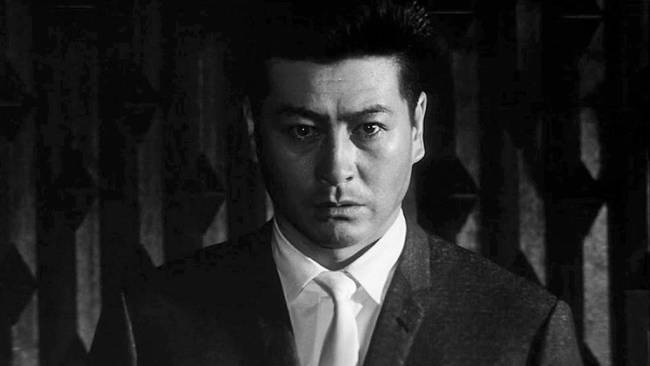
Counting himself among the dumb beasts, Muraki has little use for his new-found freedom, and his old gang likewise has little use for him; even the murder that landed him in jail has been rendered meaningless, as peace has been brokered with the gang’s rivals. Splitting time between an old lover who’s still besotted with him (Naoki Sugiura) and a local gambling den, Muraki is resigned to a life lacking sound and fury. But hark: a mysterious beauty named Saeko (Mariko Kaga) enters the scene, eager to gamble her money (and maybe her life) away, and the two self-destructive souls are drawn to each other, happy to enjoy each other’s company even as oblivion beckons.
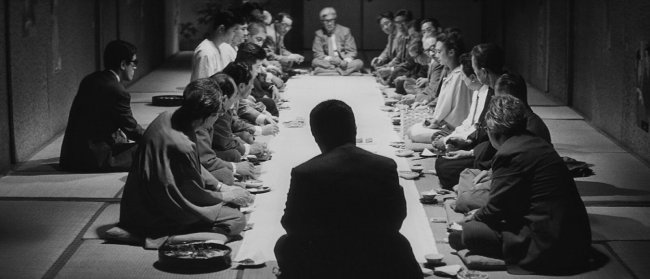
And that’s it for the plot, really. Shinoda fills out the scenario (based on a novel by Shintarô Ishihara) with colorful side-characters, including a would-be assassin (Isao Sasaki) who ends up trailing Muraki like an eager puppy, but in Pale Flower, character and plot are secondary to mood. Masao Kosugi’s cinematography thrives on juxtapositions: the gambling sequences at the heart of the film are an entrancing collision of ritualized combat and sixties swing, captured with a combo of stately wide angles and close-in whip-pans. Meanwhile, the blazing white of the gaming spaces makes for a stark contrast with the neon-lit underbelly of Tokyo at night.
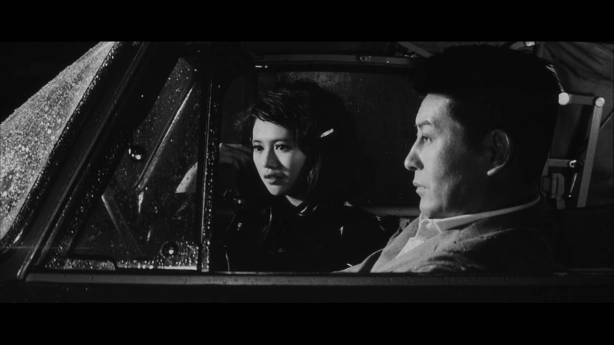
With its mesmeric pacing, taciturn anti-hero and pin-sharp framing, it’s easy to see why Pale Flower has held sway over directors like Michael Mann, whose characters in Heat and Collateral are visually and temperamentally indebted to Ikebe’s Muraki. Speaking of debts, Shinoda’s approach owes much to French New Wave films as his characters strike some very chic poses, but where the French get langorous, Pale Flower opts for wry stoicism. Muraki’s bosses are twittering elders more concerned about dentists, horse racing and melons than matters of criminal import; a gangster’s severed finger is bestowed as a gift and treated as a joke; Muraki’s mates are a brash, boisterous lot, but when their boss asks for a volunteer to carry out a hit, they clam up and lower their heads like schoolboys.
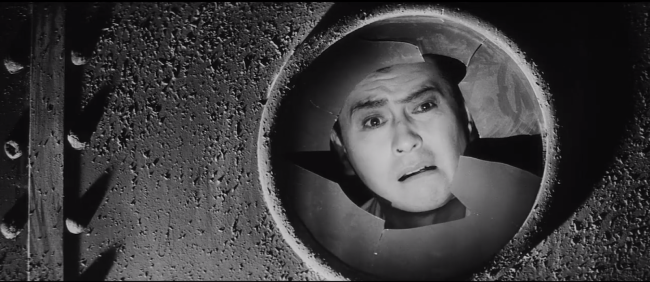
As the film progresses, nightmarish flourishes take over. Yoh (Takashi Fujiki), a half-Chinese gangster and drug addict, hovers at the edges of the action, a mute grim reaper with the masklike features of a Noh player. An impromptu drag race through the streets concludes with a paroxysm of laughter that sounds an awful lot like anguish, while a pursuit of another kind—Muraki hunted by an unseen killer through rainy alleyways—carries a surreal charge. Most chilling is a dream sequence in which Muraki witnesses Saeko being defiled by Yoh even as walls and doors close in on him. Adding to the disquiet is Toru Takemitsu’s score, which makes use of diegetic sounds to create a fusion of atonal washes and free-jazz chaos.
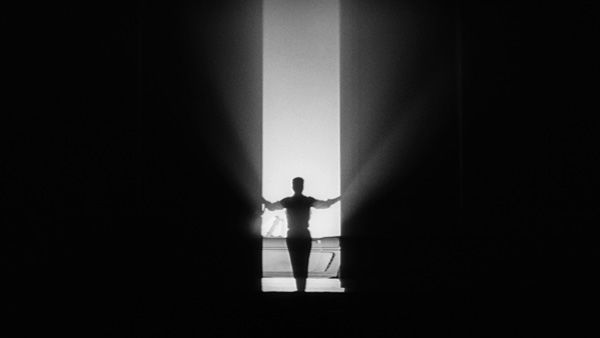
The above moments are like arias; the rest of the time, Pale Flower tamps down the emotions, with the almost-but-never-quite romance between Muraki and Saeko accentuated by pregnant silences. While Kaga makes for a hypnotically engimatic femme fatale, the film belongs to Ikebe. Once featured in Ozu films, the actor had fallen on hard times in the sixties, and Shinoda suspected he would be perfect for playing a middle-aged, out-of-luck gangster. He was proved correct: his hair coiffed to perfection, in fighting trim and sharply dressed, Ikebe’s Muraki is an icon of cool that’s the equal of an Alain Delon, but with the additional weight of resignation heavy on his shoulders. “Somebody died, but nothing has changed,” he ruminates at the film’s beginning; at the end, someone else dies, and it means just as little in the grand scheme of things, and yet beauty still intrudes, as Henry Purcell’s “Dido and Aeneas” underscores the assassination, the moment near-parodic as killer and victim engage in a slow-motion tango. Beauty doesn’t get the final word, though—the film’s bitter denouement brings news of another, more devastating death, as the walls of Muraki’s dream close in on him for real. Elegant and eerie, Pale Flower brings plenty of the ultra-cool, but it’s the muted despair at the heart of its protagonist that lingers. ■
